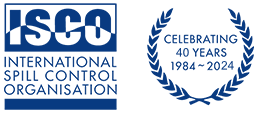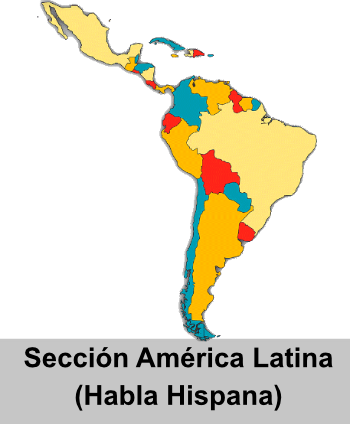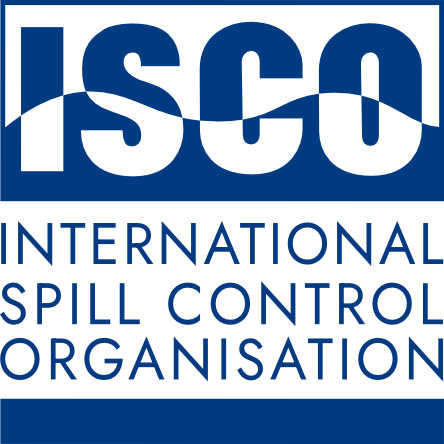Ozorio C.P., Guiloski I.C., de Assis H.C.S., Martins C.C., Sandrini-Neto L., Lana P.C. (2024) Ocean and Coastal Research, 72, art. no. e24012, DOI: 10.1590/2675-2824072.23116
ABSTRACT: Biomarkers of environmental contamination have been frequently used in the assessment of marine ecosystem quality because they provide quantitative measures of biological changes in organisms exposed to pollutants such as hydrocarbons from oil spills. Polychaetes have been tested as sentinel organisms of marine environmental health because they are abundant taxa of benthic assemblages and their sedentary lifestyle ensures chronic exposure to toxins in impacted areas. In this study, we evaluated whether the polychaete Scolelepis goodbodyi can be used as a reliable sentinel species for exposure to polycyclic aromatic hydrocarbons (PAHs) from an experimental diesel spill in a dissipative sand beach in the Southern Atlantic. The design used in this study comprised replicated control and diesel impact sites sampled four times (one, two, four and seven days) before and after the impact. Total PAH levels reached 114.0 ng g-1 in the impact site one day after the diesel spill; however, the pattern of biomarker responses in S. goodbodyi was primarily influenced by spatial variation rather than being attributed to the simulated diesel spill. The apparent absence of a contaminating effect may be linked to the low levels of the toxins retained in the sediment after the spill was simulated to elicit a response or to the presence of an efficient repair system within the organism. Furthermore, the sediments tested in this study, composed of sandy fractions, had a low capacity to concentrate PAHs after the simulated diesel spill, which may have contributed to the low significant changes in their biomarker activities. Based on our results, further studies testing other Polychaeta species and simulating oil spills in sedimentary environments composed of fine sediments such as salt marshes and mangroves may help produce evidence on more effective biomarker responses in these organisms.





